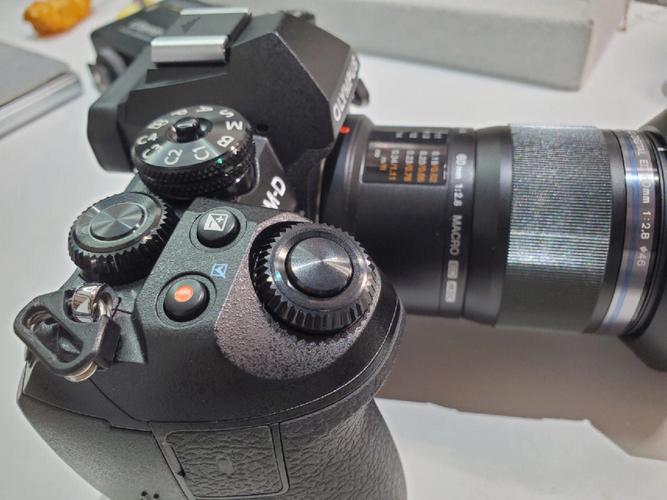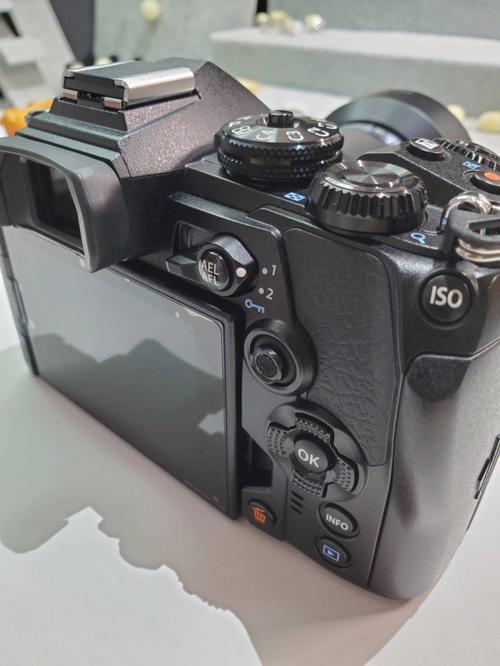Olympus OM to M43: A Comprehensive Guide
Are you an enthusiast looking to dive into the world of Olympus cameras? If so, you’ve likely come across the term “OM to M43.” But what does it mean, and why is it significant? In this article, we’ll explore the history, features, and benefits of the Olympus OM system and its transition to the Micro Four Thirds (M43) format. Let’s get started.
History of the Olympus OM System
The Olympus OM system was introduced in the late 1960s, and it quickly gained popularity among professional photographers and enthusiasts alike. The OM series was known for its compact size, lightweight design, and exceptional image quality. The system included a range of cameras, lenses, and accessories, making it a versatile choice for various photography needs.

Transition to Micro Four Thirds (M43)
As technology evolved, Olympus decided to transition from the OM system to the Micro Four Thirds (M43) format. This new format was introduced in 2008 and aimed to provide a smaller, lighter, and more compact camera system while maintaining the high-quality image output that Olympus was known for.
Key Features of the Olympus OM System
Here are some of the key features that made the Olympus OM system a favorite among photographers:
| Feature | Description |
|---|---|
| Compact Size | The OM cameras were notably smaller and lighter than their contemporaries, making them easy to carry and handle. |
| High-Quality Image Output | The OM system was known for producing sharp, detailed images with excellent color rendition. |
| Robust Build Quality | The cameras were well-built and durable, capable of withstanding harsh conditions. |
| Range of Lenses | The OM system offered a wide range of lenses, catering to various photography needs. |
Key Features of the Micro Four Thirds (M43) Format
The Micro Four Thirds (M43) format builds upon the strengths of the Olympus OM system while introducing new features:
| Feature | Description |
|---|---|
| Smaller and Lighter Cameras | The M43 format cameras are even smaller and lighter than the OM series, making them highly portable. |
| Advanced Image Sensor Technology | The M43 format cameras use advanced image sensors that provide excellent image quality and low-light performance. |
| Interchangeable Lenses | The M43 format offers a wide range of lenses, including prime and zoom lenses, catering to various photography needs. |
Benefits of the OM to M43 Transition
Transitioning from the Olympus OM system to the Micro Four Thirds (M43) format offers several benefits:

-
Smaller and lighter cameras: The M43 format cameras are more compact and portable, making them easier to carry and handle.
-
Improved image quality: The advanced image sensor technology in M43 cameras provides better image quality and low-light performance.
-
Access to a wider range of lenses: The M43 format offers a diverse selection of lenses, including prime and zoom lenses, catering to various photography needs.
-
Compatibility with modern technology: The M43 format cameras are equipped with features like built-in Wi-Fi and 4K video recording, making them more versatile for modern photography.
Conclusion
Transitioning from the Olympus OM system to the Micro Four Thirds (M43) format has been a significant step forward for Olympus. The M43 format offers a smaller, lighter, and more advanced camera system while maintaining the high-quality image output that Olympus is known for. Whether you’re a professional photographer or an enthusiast, the OM to M43 transition is worth exploring.



